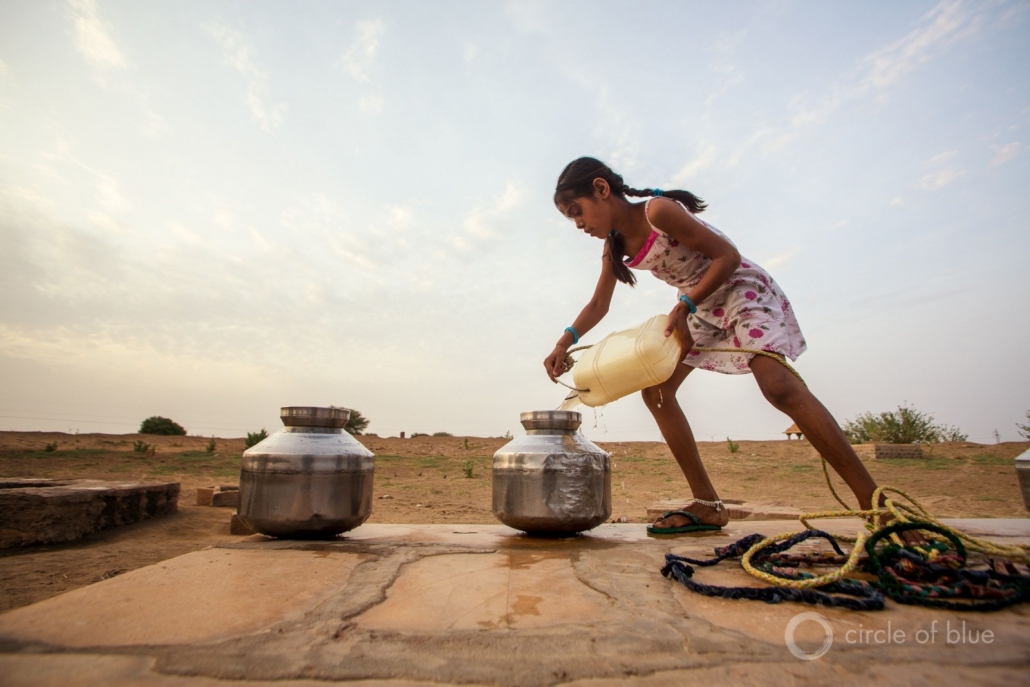Welcome to “What’s Up With Water” – your need-to-know news of the world’s water from Circle of Blue. I’m Eileen Wray-McCann.
Canadian leaders are moving to direct more resources toward protecting and managing the nation’s water. Prime Minister Justin Trudeau took the first step, pledging to spend $420 million Canadian dollars a year over the next decade to improve water quality in the Great Lakes. That equals about $306 million US dollars. The March 24 announcement followed a meeting in Ottawa with President Joe Biden. Members of Congress from Great Lakes states had asked the president to discuss Great Lakes water funding during the meeting. The U.S. allocates money to clean up the lakes through the Great Lakes Restoration Initiative. Since the initiative was established in 2010, annual spending has averaged between $300 and $400 million. Canadian funding has lagged far behind, totaling just $33 million US dollars in the last six years. Canada’s second step toward water funding came in the budget process. Trudeau’s government released its 2023 budget proposal to Parliament on March 28. It calls for the creation of a new national water agency. Though the responsibilities of such an agency have not yet been formalized, CBC News spoke with one water expert who thinks that the agency would have a broad mandate, covering water science, water quality assessment and water management. Matt McCandless is a vice president at the International Institute for Sustainable Development, a Canadian science organization. McCandless told the CBC that a national agency could help coordinate policy and research that is currently fragmented across local, provincial, and tribal authorities. The tentative plan is for the new agency to be located in Winnipeg.
In Somalia, record-setting drought has caused the death of some 43,000 people, according to a new report from the United Nations. About half the dead were children under the age of five. The drought has now spanned six consecutive failed rainy seasons. Scientists attribute this unusually dry period to a warming planet and three years of the La Nina weather pattern. Forecasts for 2023 show little reprieve, and intense food insecurity is likely to persist with devastating consequences. The report estimates that between 18,000 and 34,000 people could die in the first six months of this year. So far, the worst-case scenario of a famine has been avoided thanks to sustained food aid and international assistance. More of each will be needed to keep the hunger deaths from rising.
And that’s What’s Up With Water from Circle of Blue, where water speaks. You’ll find more news and analysis – and a chance to support our work – at
circleofblue.org. This is Eileen Wray-McCann – thanks for being here.






